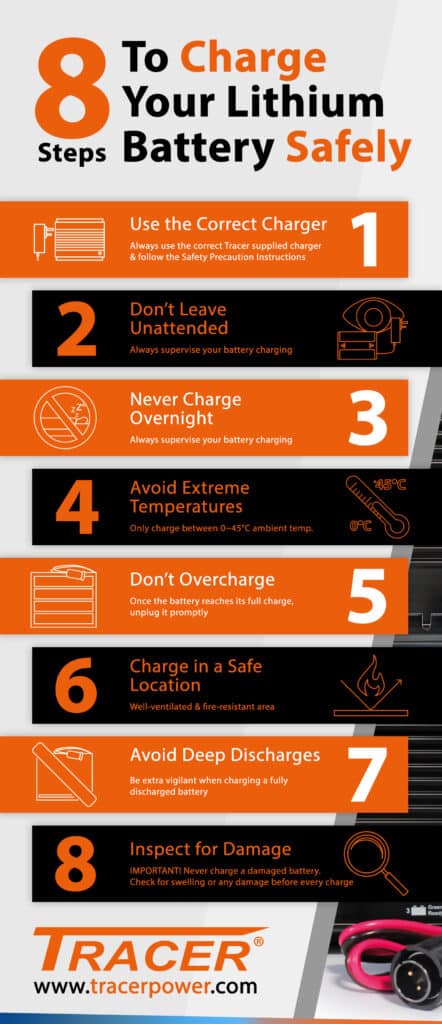1. Use the Correct Charger:
Always use a charger that is specifically designed for the type and capacity of lithium battery you have. Using incompatible chargers can lead to overcharging or overheating.
2. Don’t Leave Unattended:
Always supervise the charging process and never leave the battery unattended while it’s charging. Lithium batteries have built-in protection, but it’s important to be cautious. When charging, the location should also have a working smoke detector fitted in close proximity.
3. Never Charge Overnight
Emphasising point 2, never leave your batteries charging unattended.
4. Avoid Extreme Temperatures:
Charging at extreme temperatures (both hot and cold) can damage the battery or even lead to thermal runaway (in extremely rare situations). Charge within the recommended temperature range provided in your batteries instructions:
LiPo: 0ºC ~ 45ºC
Li-Ion: 0ºC ~ 45ºC
LiFePO4: 0ºC ~ 40ºC
5. Don’t Overcharge:
Overcharging a lithium battery can lead to several issues. When a lithium-ion battery is overcharged, the voltage across its cells increases beyond safe limits. This can cause electrolyte breakdown, leading to the formation of gas inside the battery and potential leakage. In extreme cases, this gas can cause the battery to swell, rupture, or even catch fire.
- Regularly Check Charging Status: Keep an eye on the charging progress and the battery’s charging status indicators. Once fully charged, remove from charging.
- Set Alarms or Timers: If your charger doesn’t automatically stop charging when the battery is full, consider setting an alarm or timer to remind you to unplug the charger.
6. Charge in a Safe Location
Charge your lithium batteries in a well-ventilated and fire-resistant area. Avoid charging them on flammable surfaces or near easily ignitable materials. A working smoke detector should be in close proximity to the equipment and ensure fire exits remain clear of obstacles.
7. Avoid Deep Discharges
It’s generally recommended to avoid letting lithium batteries fully discharge before recharging. Frequent deep discharges degrade the can shorten the battery’s lifespan. Deep discharges can stress the battery’s chemistry and internal components, leading to increased wear and tear
8. Inspect for Damage
Before charging, inspect the battery and charger for any physical damage. If you notice any swelling, punctures, or unusual behaviour, do not attempt to charge the battery and instead dispose of it properly.
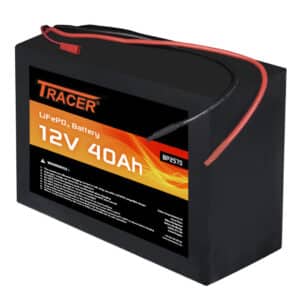 Tracer 12V 40Ah LiFePO4 Battery Module
Tracer 12V 40Ah LiFePO4 Battery Module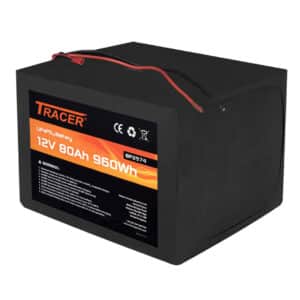 Tracer 12V 80Ah LiFePO4 Battery Module
Tracer 12V 80Ah LiFePO4 Battery Module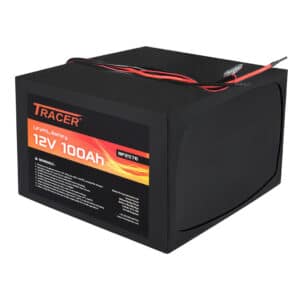 Tracer 12V 100Ah LiFePO4 Battery Module
Tracer 12V 100Ah LiFePO4 Battery Module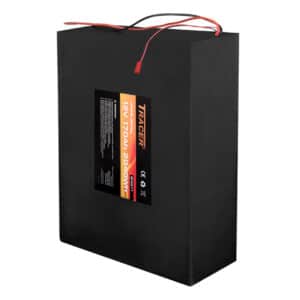 Tracer 12V 170Ah LiFePO4 Battery Module
Tracer 12V 170Ah LiFePO4 Battery Module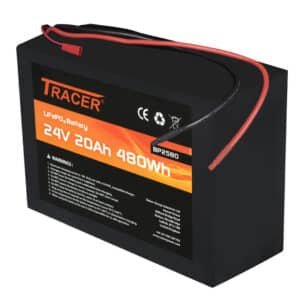 Tracer 24V 20Ah LiFePO4 Battery Module
Tracer 24V 20Ah LiFePO4 Battery Module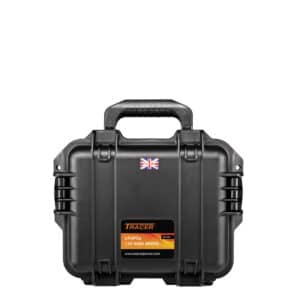 Tracer 12V 40Ah LiFePO4 Carry Case Kit
Tracer 12V 40Ah LiFePO4 Carry Case Kit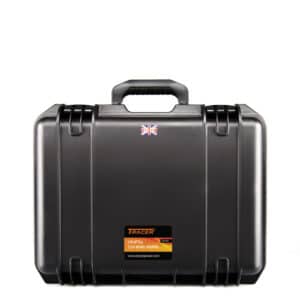 Tracer 12V 80Ah LiFePO4 Carry Case Kit
Tracer 12V 80Ah LiFePO4 Carry Case Kit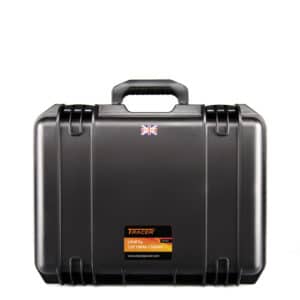 Tracer 12V 100Ah LiFePO4 Carry Case Kit
Tracer 12V 100Ah LiFePO4 Carry Case Kit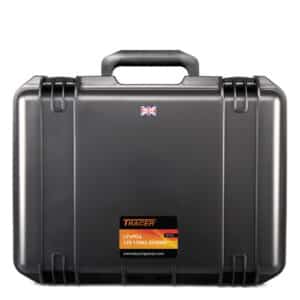 Tracer 12V 170Ah LiFePO4 Carry Case Kit
Tracer 12V 170Ah LiFePO4 Carry Case Kit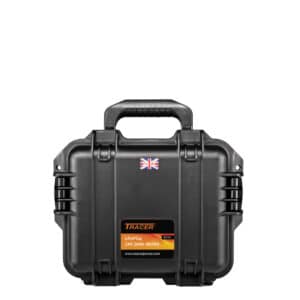 Tracer 24V 20Ah LiFePO4 Carry Case Kit
Tracer 24V 20Ah LiFePO4 Carry Case Kit
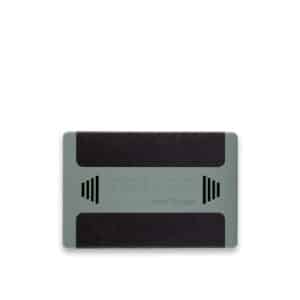 Tracer 12V 4Ah Lithium Polymer Battery Pack
Tracer 12V 4Ah Lithium Polymer Battery Pack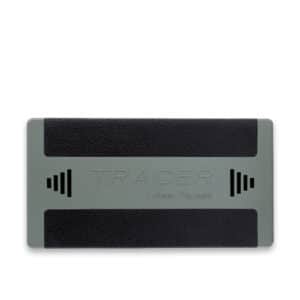 Tracer 12V 8Ah Lithium Polymer Battery Pack
Tracer 12V 8Ah Lithium Polymer Battery Pack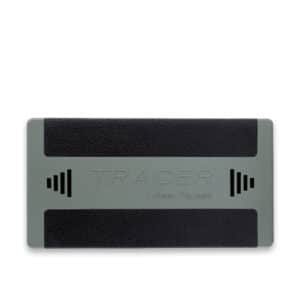 Tracer 12V 10Ah Lithium Polymer Battery Pack
Tracer 12V 10Ah Lithium Polymer Battery Pack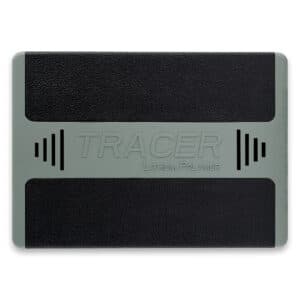 Tracer 12V 14Ah Lithium Polymer Battery Pack
Tracer 12V 14Ah Lithium Polymer Battery Pack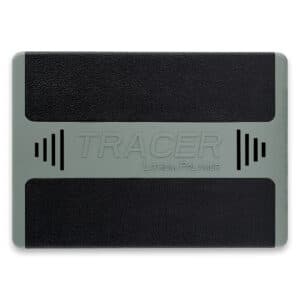 Tracer 12V 22Ah Lithium Polymer Battery Pack
Tracer 12V 22Ah Lithium Polymer Battery Pack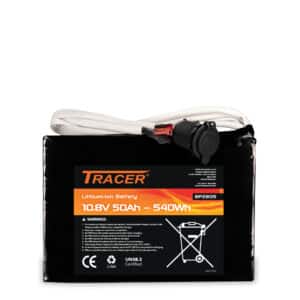 Tracer 12V 50Ah Lithium-Ion Battery Module
Tracer 12V 50Ah Lithium-Ion Battery Module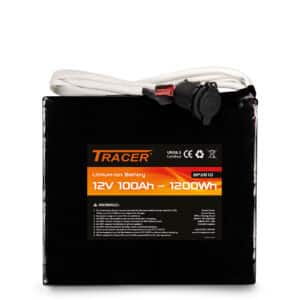 Tracer 12V 100Ah Lithium-Ion Battery Module
Tracer 12V 100Ah Lithium-Ion Battery Module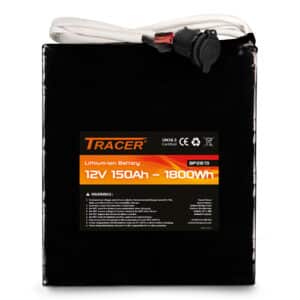 Tracer 12V 150Ah Lithium-Ion Battery Module
Tracer 12V 150Ah Lithium-Ion Battery Module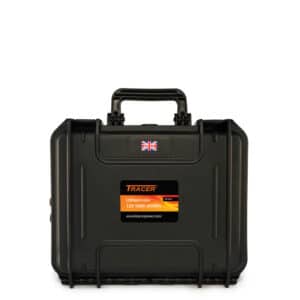 Tracer 12V 50Ah Lithium-Ion Carry Case Kit
Tracer 12V 50Ah Lithium-Ion Carry Case Kit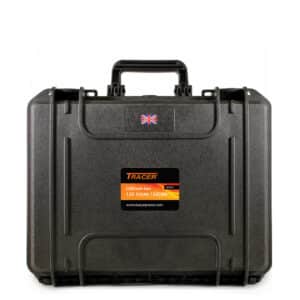 Tracer 12V 100Ah Lithium-Ion Carry Case Kit
Tracer 12V 100Ah Lithium-Ion Carry Case Kit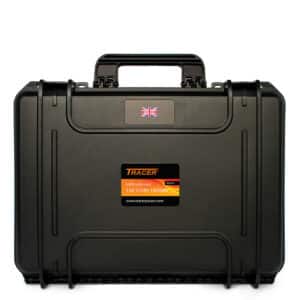 Tracer 12V 150Ah Lithium-Ion Carry Case Kit
Tracer 12V 150Ah Lithium-Ion Carry Case Kit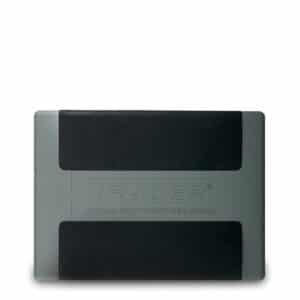 Tracer 12V 7Ah LiFePO4 Battery Pack
Tracer 12V 7Ah LiFePO4 Battery Pack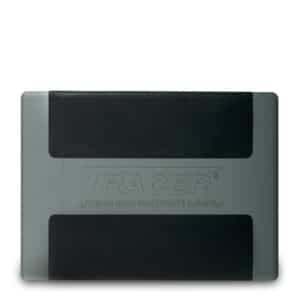 Tracer 12V 16Ah LiFePO4 Battery Pack
Tracer 12V 16Ah LiFePO4 Battery Pack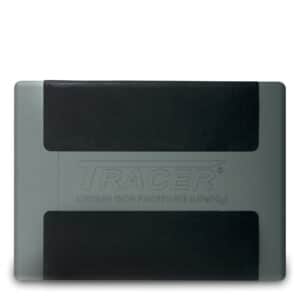 Tracer 12V 24Ah LiFePO4 Battery Pack
Tracer 12V 24Ah LiFePO4 Battery Pack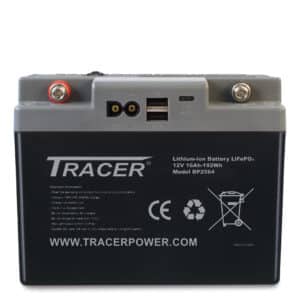 Tracer 12V 16Ah LiFePO4 Battery Pack with Grab Handle
Tracer 12V 16Ah LiFePO4 Battery Pack with Grab Handle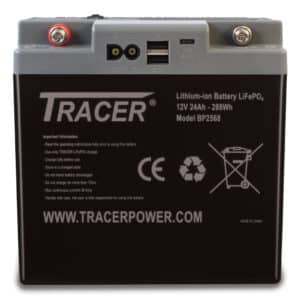 Tracer 12V 24Ah LiFePO4 Battery Pack with Grab Handle
Tracer 12V 24Ah LiFePO4 Battery Pack with Grab Handle Tracer 24V 8Ah LiFePO4 Battery Pack with Grab Handle
Tracer 24V 8Ah LiFePO4 Battery Pack with Grab Handle
